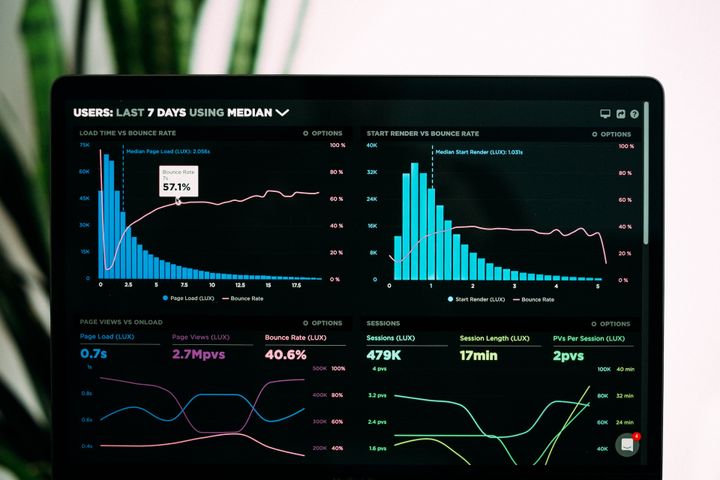Enhancing Security with Liveness Checks and Face Matching
In the digital age, security and privacy are crucial concerns, and traditional methods like passwords and PINs are vulnerable to cyberattacks. Liveness checks and face matching are key technologies that offer enhanced security and user convenience.

As digital security threats evolve, authentication methods must evolve, too. Liveness checks and face matching are at the forefront of biometric authentication, providing a robust, user-friendly solution that contributes to a safer online environment.
Document authentication allows companies to validate identification documents and avoid Spoofing or Presentation Attacks. Passive liveness checks, an advanced biometric authentication component, detect and confirm a user's liveness without requiring active participation.
Passive liveness checks employ techniques like micro-expression detection, pulse detection, temperature analysis, and texture analysis for authentication. Passive liveness checks also offer enhanced security, user-friendliness, and robustness.
Liveness Checks: The First Line of Defense
Document authentication enables companies to accept and validate identification documents to establish their identity and avoid Spooning or Presentation Attacks. Facial Recognition Match using One-to-One facial recognition technology matches a person's selfie with the image on their presented ID. They are designed to ensure that the biometric data presented for authentication is from a living, breathing person rather than a static image or video recording.
Active liveness checks the validity of a document through natural body language and behavior like eye movement, blinks, smiling, etc. The idea behind active liveness is that Spoofing cannot replicate these behaviors. But Active liveness checks are inconvenient, time-consuming, and easy to pass.
Passive Liveness Check at Authenticate
At Authenticate, we use Passive liveness checks for all authentication purposes. Passive Liveness checks are an advanced biometric authentication component, particularly in face recognition systems. It is designed to detect and confirm the liveness of a user without requiring any active participation. Unlike operational liveness checks that demand specific actions from the user, such as blinking or speaking, passive liveness checks operate seamlessly in the background.
The selfie image is processed by passive liveness using CVML (Computer Vision Machine Learning). The whole algorithm is divided into three primary components;
Face Detection
It rejects images with more than one person using 68 focal points. It confirms that there's only one person in the picture.
Quality Engine
It measures the roll, yaw, pitch, and angle of the face to determine facial position for accurate analysis.
Liveness Engine
Liveness Engine creates a score between 0 and 100, indicating Live, Not Live, or Poor Quality liveness score. It looks at various image components to differentiate between an actual person and spoofing with the help of Machine learning.
How Passive Liveness Checks Work
Passive liveness checks employ various sophisticated techniques, including:
Micro-Expressions Detection
These systems monitor subtle facial expressions that occur involuntarily, like micro-smiles or eye twitches, to verify that the person is alive and not presenting a static image.
Pulse Detection
Some systems utilize camera sensors to detect tiny fluctuations in skin tone caused by the pulsation of blood vessels.
Temperature Analysis
Thermal imaging can reveal variations in facial temperature, indicating that the face is not a photograph or a mask.
Texture Analysis
Passive liveness checks may analyze the skin's texture or facial features to distinguish between a living person and a representation.
Advantages of Passive Liveness Checks
The implementation of passive liveness checks offers several distinct advantages:
Enhanced Security
Passive liveness checks provide an additional layer of security without requiring user interaction, making them highly effective against spoofing attempts.
User-Friendly
Passive checks do not disrupt the user experience, as they operate discreetly in the background, minimizing user inconvenience.
Robustness
Combining passive checks with traditional face matching or other biometric methods enhances system robustness, reducing the risk of unauthorized access.
As digital security threats evolve, so must our authentication methods. Liveness checks and face matching are at the forefront of biometric authentication, offering a robust and user-friendly solution. Integrating these technologies into our services ensures complete security while providing a seamless and convenient user experience, ultimately contributing to a safer online environment for everyone.
